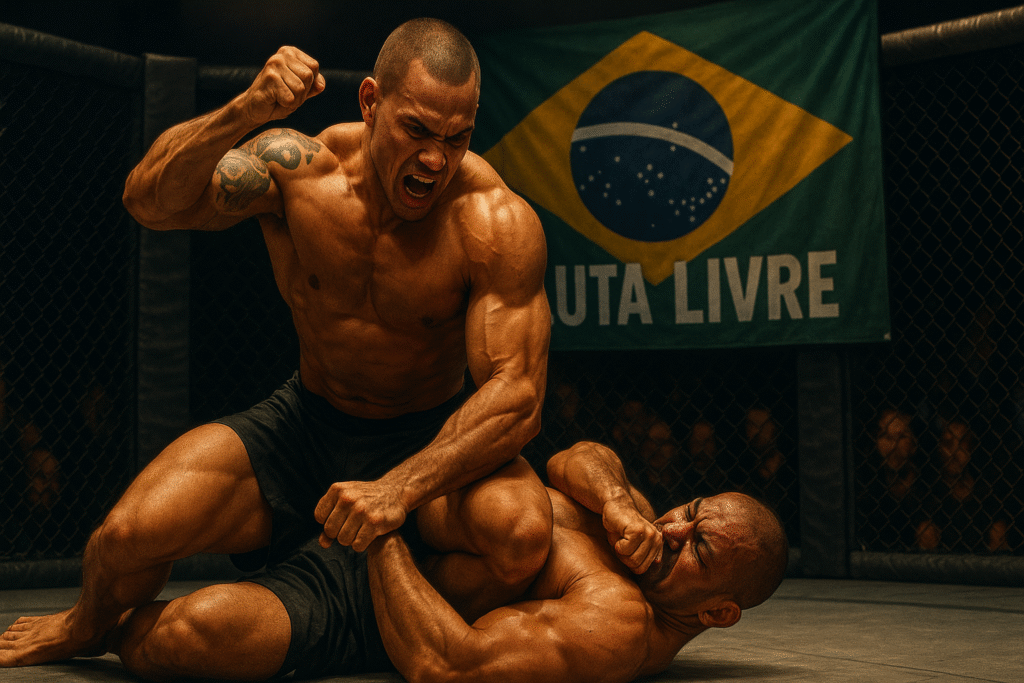Traditional Luta Livre

Traditional Luta Livre is the original form of Brazilian no-gi submission wrestling, developed in the early 20th century by Euclydes Hatem. Rooted in catch wrestling and influenced by judo and luta romana, it evolved as a working-class alternative to gi-based systems like Brazilian Jiu-Jitsu. Known for its directness, technical pressure, and aggressive submissions, Traditional Luta Livre laid the foundation for Brazil’s Vale Tudo scene. It remains a respected grappling style that values grit, functional skill, and historical continuity.
Traditional Luta Livre Essentials
About Traditional Luta Livre
Learn what defines Traditional Luta Livre as the founding form of Brazil’s no-gi submission wrestling. This section introduces its structure, philosophy, and legacy in Brazilian martial arts culture.
Traditional Luta Livre History
Explore the history of Traditional Luta Livre, from its creation by Euclydes Hatem to its role in shaping early Vale Tudo. Understand the rivalries, class dynamics, and evolution that gave the style its identity.
Philosophy & Approach
Traditional Luta Livre emphasizes toughness, self-reliance, and maximum efficiency in grappling. Its approach favors pressure, fluid positional control, and decisive submissions over long exchanges.
Techniques & Style
Dive into the core techniques of Traditional Luta Livre, including clinch entries, takedowns, top control, and classic submissions like armlocks and chokes. The style values directness and positional dominance.
Traditions & Etiquette
Training in Traditional Luta Livre reflects a no-nonsense attitude balanced with respect for coaches and training partners. Learn about the behavioral codes and gym culture passed down through generations.
Uniform & Symbols
No gi is used in Traditional Luta Livre—typically shorts and bare torso or rash guards in modern contexts. This section explores how appearance reflects its roots in minimalism and working-class origins.
Weapons
While unarmed by design, some traditionalists trained defense against blunt or edged weapons in street-based contexts. This section highlights rare historical adaptations rather than formalized weapon training.
Ranking System
Traditional Luta Livre uses a color-based ranking system—typically white, blue, purple, brown, and black—focused on merit and mat performance. Learn how ranks reflect both skill and time in the art.
Traditional Luta Livre Glossary
A glossary of foundational terms from Traditional Luta Livre, including submissions, positions, and strategic concepts. Essential for understanding its terminology and training logic.
Notable Figures
Meet the foundational figures of Traditional Luta Livre, including Euclydes Hatem and his early students. Learn how their vision helped establish one of Brazil’s most enduring martial legacies.
Branches & Organizations
While decentralized, Traditional Luta Livre has produced respected schools and coaches across Brazil and abroad. This section profiles key institutions maintaining the original style’s lineage.
Competitive Format
Luta Livre fighters have long competed in submission-only, Vale Tudo, and later MMA events. Discover how traditional rulesets emphasized finishing fights over scoring points or stalling.

